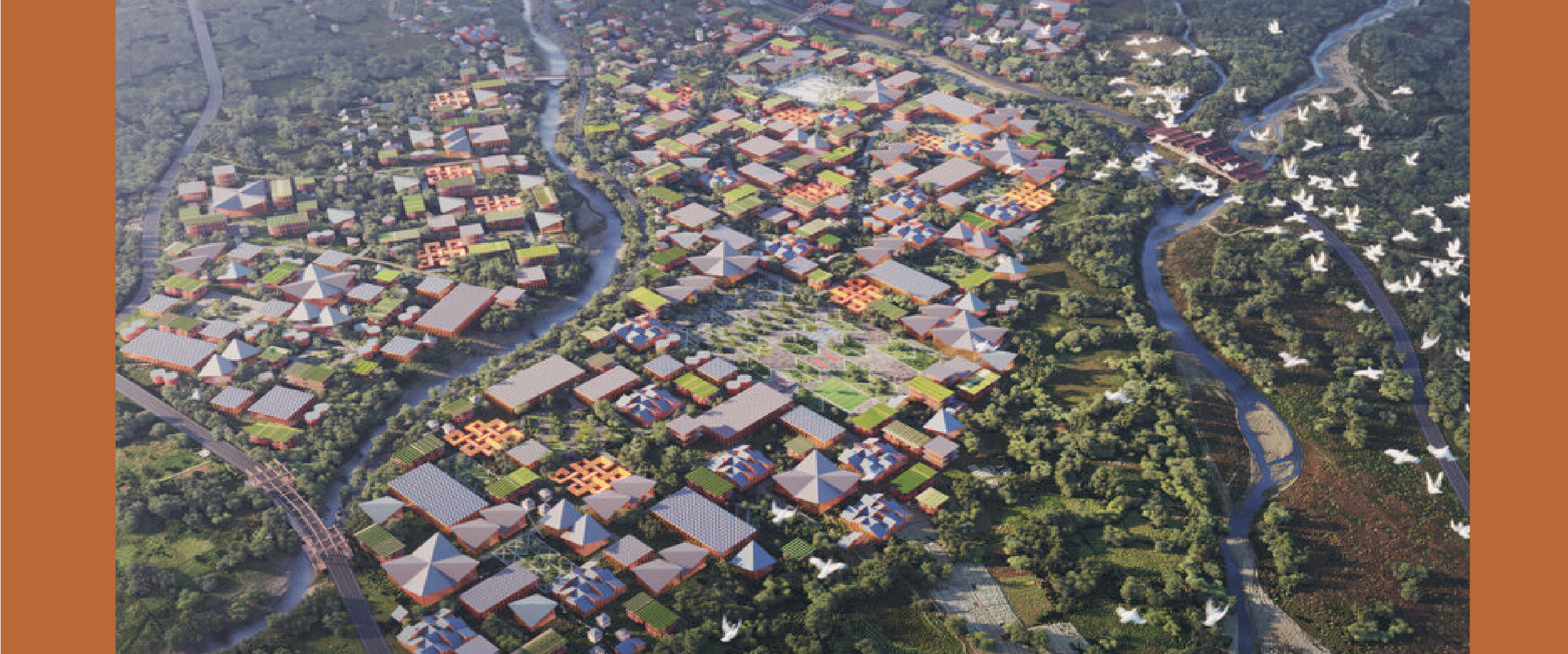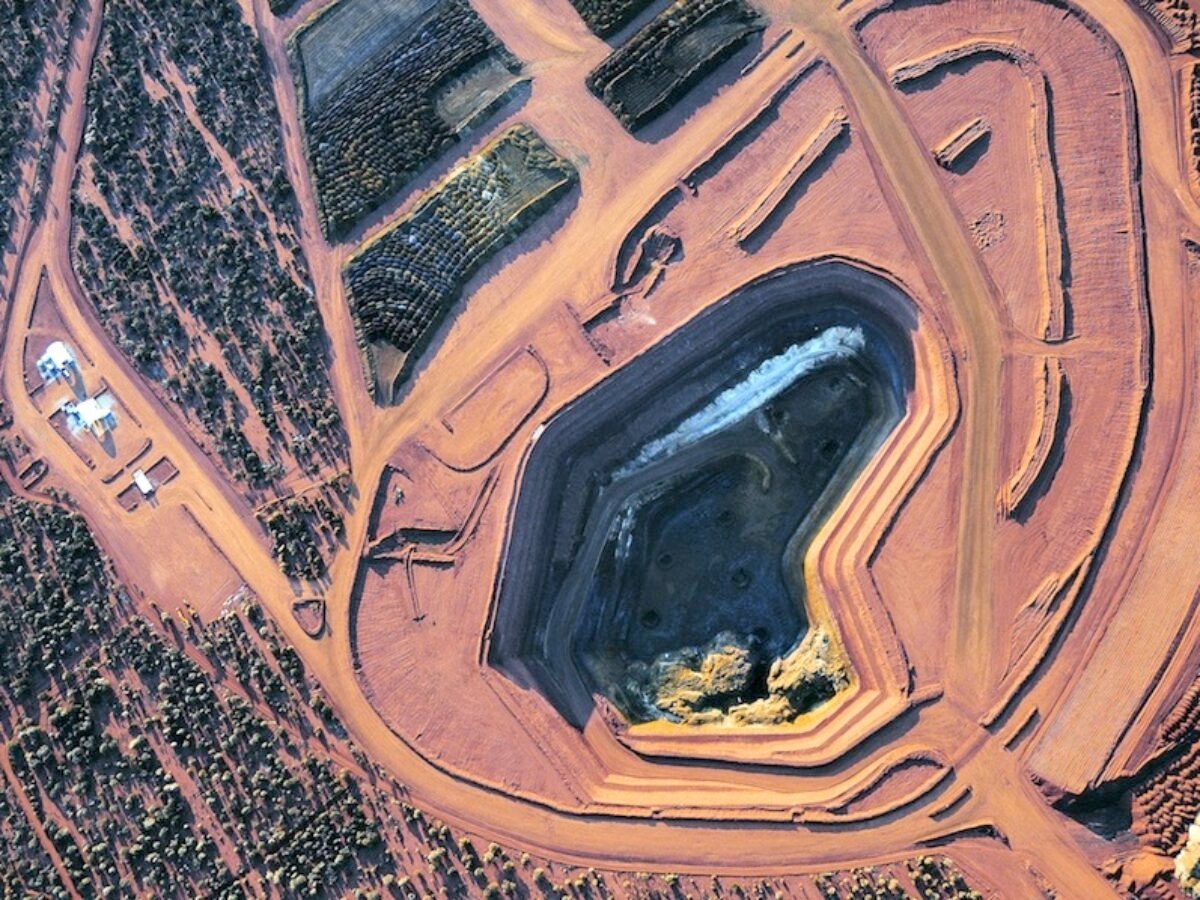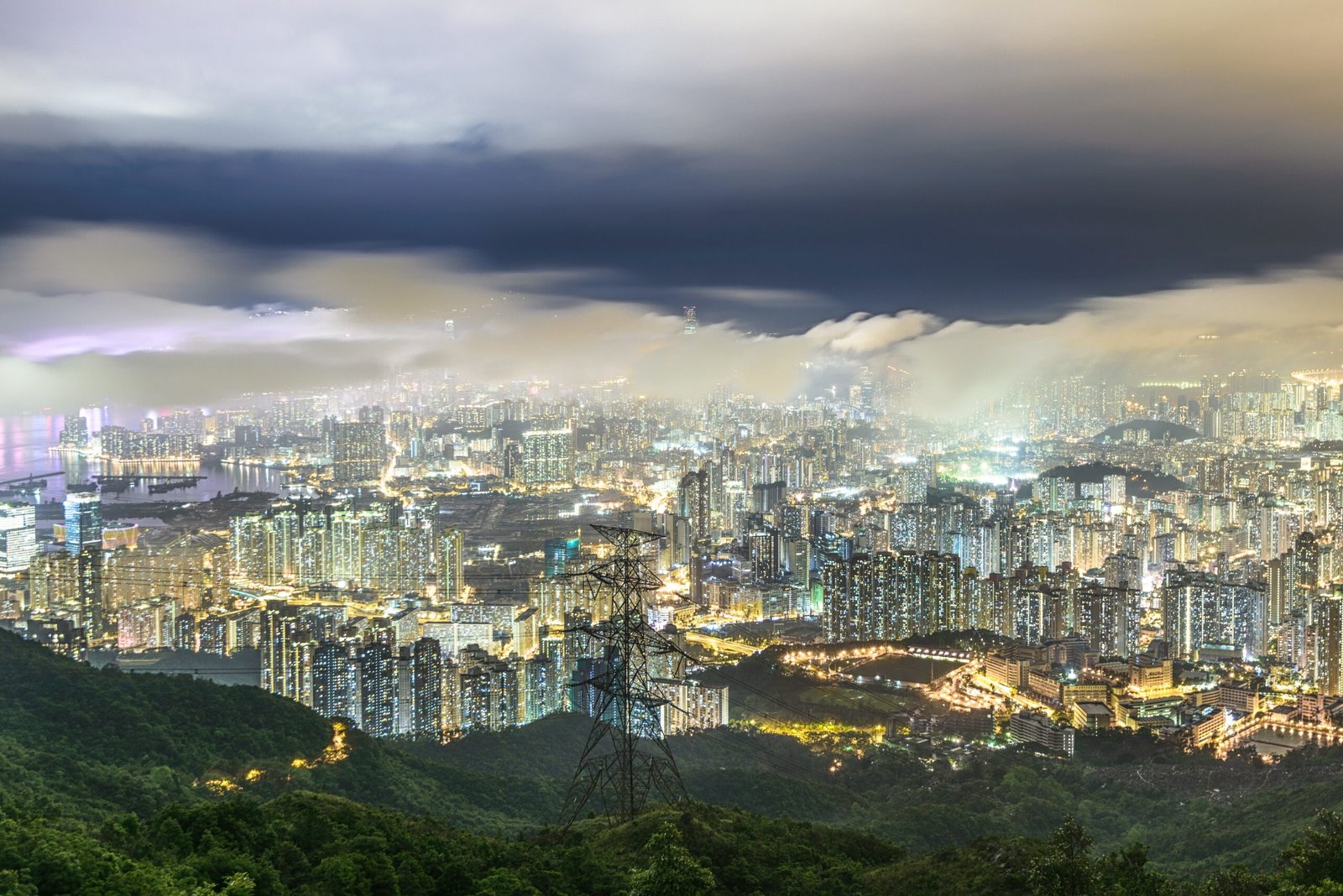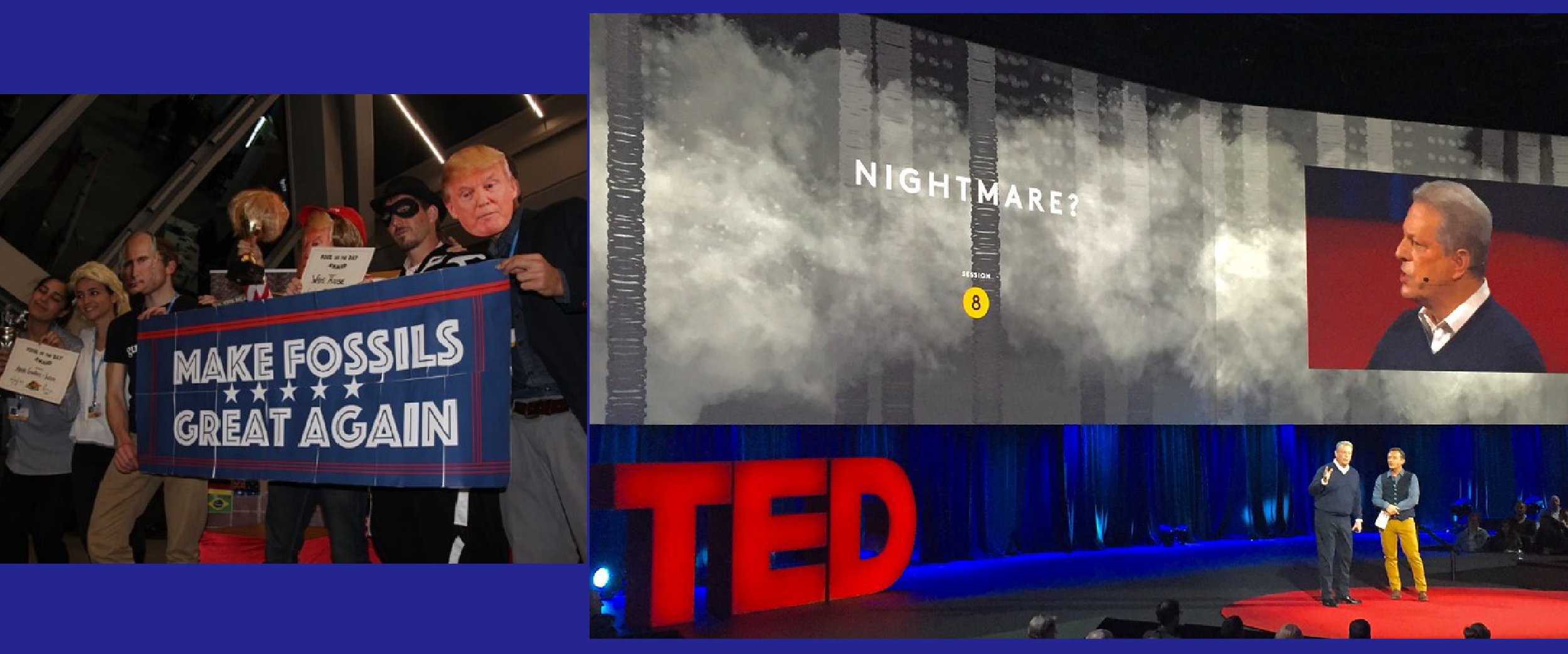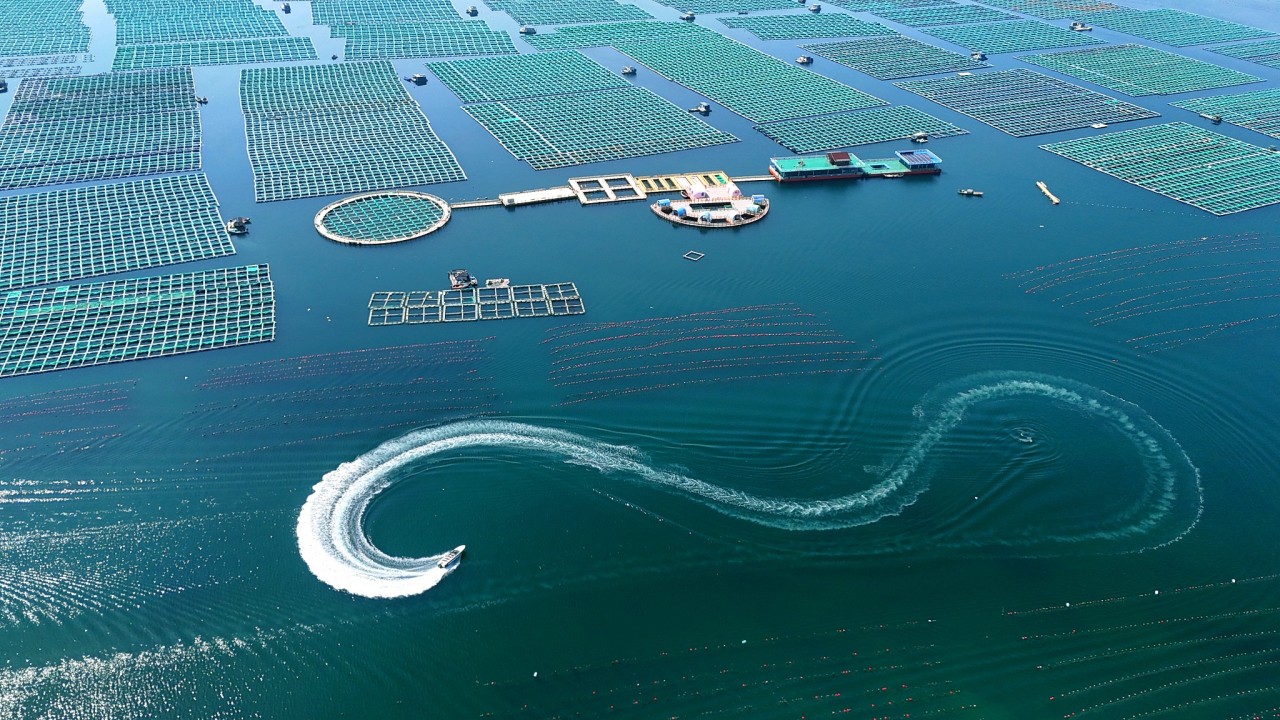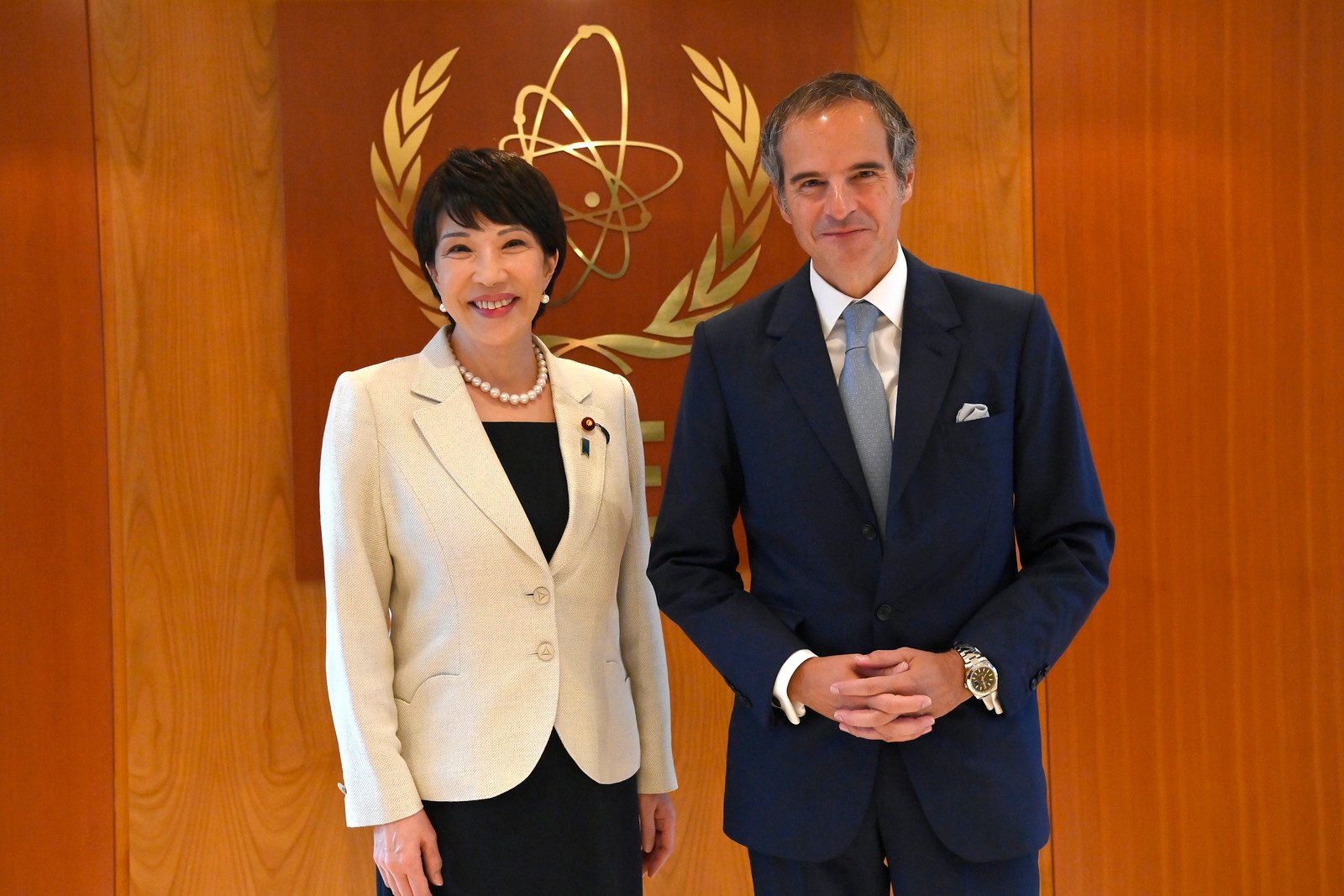Alluring Mindful Tourists and the Bhutanese Diaspora Back Home.
images by Brick Visual, Atchain, BIG. Artist Ariel View Rendering of The Gelephu Mindfulness City in southern Bhutan.
Famed Architect Bjarke Ingels BIG to Design Gelephu Mindfulness City in Bhutan. The city, which was initially planned on a little over 1,000 square kilometres, will now span 2,500 square kilometres.
The Gelephu Mindfulness City in southern Bhutan, an ambitious project that will adhere to Bhutanese values while fostering robust economic development. This city will operate under unique rules, differing from the rest of the country, aiming to create a new model of sustainable and inclusive growth.
The Mindfulness City aims to enhance this natural wealth by creating an interconnected network of ecosystems and vibrant neighborhoods. Inspired by the flow of 35 rivers and streams across the site, the city’s design features ribbonlike neighborhoods resembling paddy fields, forming terraces cascading from hills to valleys.
A Vision of Sustainable Urban Development
The new city will feature neighborhoods nestled among the region’s numerous rivers, connected by a series of innovative bridges. These bridges will not just serve as transit routes but also as public buildings housing a Buddhist center, healthcare facilities, and a university. In keeping with Bhutan’s commitment to sustainability, there will be no skyscrapers, and all construction will use local materials.
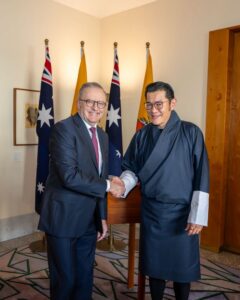
Australian Prime Minister welcomes Bhutan King to Australia

Royal Ambitions for Economic Revival
King Jigme Khesar Namgyel Wangchuck, the much-revered and beloved 5th King of Bhutan, educated in the US and UK, spearheads this project with a vision to rejuvenate the nation’s prosperity. The plan aims to attract young Bhutanese expatriates, with an estimated 100,000 living in Australia, Canada, and the US, back to their homeland.
The development will proceed in phases over the next two decades, with strict regulations to ensure that no polluting industries are allowed. This is part of a broader strategy to uphold Bhutan’s environmental and cultural integrity.
Bhutan’s Unique Identity and Democratic Journey
Bhutan, a small landlocked country between the Tibet Autonomous Region and India, is perched in the Himalayas.
Bhutan promotes the highest unclimbed mountain in the world, Mount Kailash, standing at 7,570 meters (24,840 feet). The Bhutanese, following Tibetan Buddhist doctrines, consider their mountains sacred and thus, refrain from climbing them.
Remarkably, Bhutan is the only country where democracy was introduced during a time of peace and stability, literally gifted to the people by the monarchy in 2008. Initially, Bhutanese were hesitant about democracy, having witnessed its adverse impacts elsewhere. The first democratic vote for president took place that year, marking a significant shift in the nation’s governance.
Preserving Culture Amidst Modernization
Dasho Kinley Dorji, who served as Bhutan’s Minister of Information and Communications, highlights the nation’s determination to maintain its identity amidst powerful neighbors India and China. Bhutanese culture, characterized by traditional clothing and architectural styles, remains robust today.
Former King Jigme Singye Wangchuck’s concept of “Gross National Happiness” (GNH) over “Gross National Product” has gained international acclaim. This philosophy, now a cornerstone of Bhutan’s governance, prioritizes well-being and contentment over economic growth. Current Prime Minister Tshering Tobgay continues to champion this approach, ensuring at least 60% of the country remains under forest cover and leveraging hydroelectric power to maintain Bhutan’s status as a carbon-negative nation.
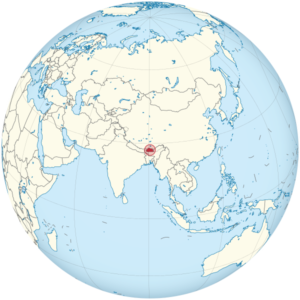
Bhutan nestled between Tibet, India and China in the Himalaya Mountains
Sustainable Tourism and Economy
Bhutan’s economy benefits from hydroelectricity sales to India and a daily tourist fee of US$250, which includes most tour expenses and goes directly back into the community. The country’s geography, with its many rivers, isolated valleys, and expansive forests, supports a rich and diverse ecosystem. The highlands feature Eastern Himalayan subalpine conifer forests and broadleaf forests, with winters being cold and summers hot. The rainy season is known for its high-frequency landslides, shaping the landscape and lifestyle.
A Path to the Future
The Gelephu Mindfulness City project reflects Bhutan’s commitment to preserving its unique heritage while embracing sustainable development. As the world watches, this innovative urban experiment holds the promise of redefining economic growth, ecological balance, and cultural preservation in the 21st century.
READ IN MORE DESIGN DETAIL IN DESIGN BOOM HERE+





